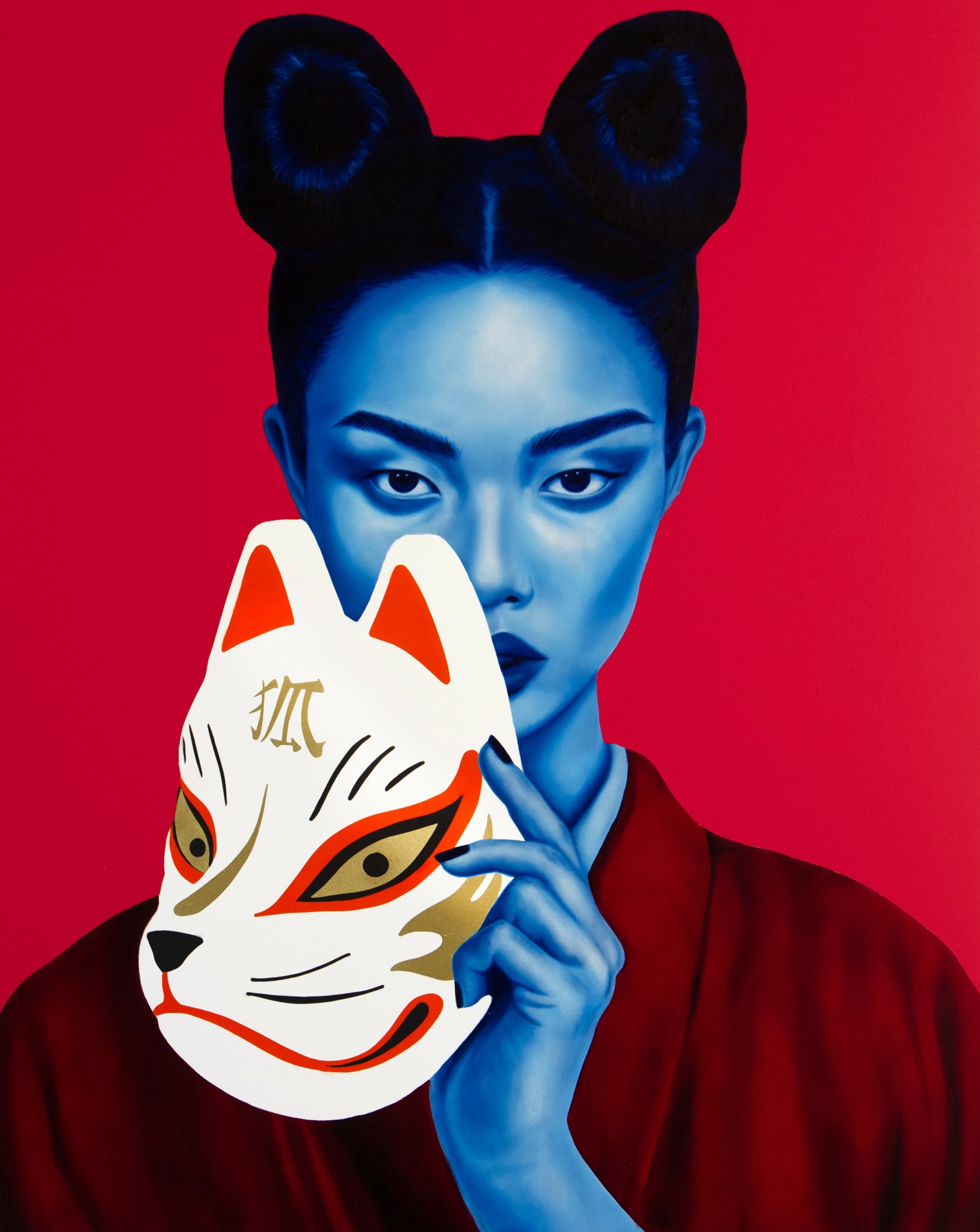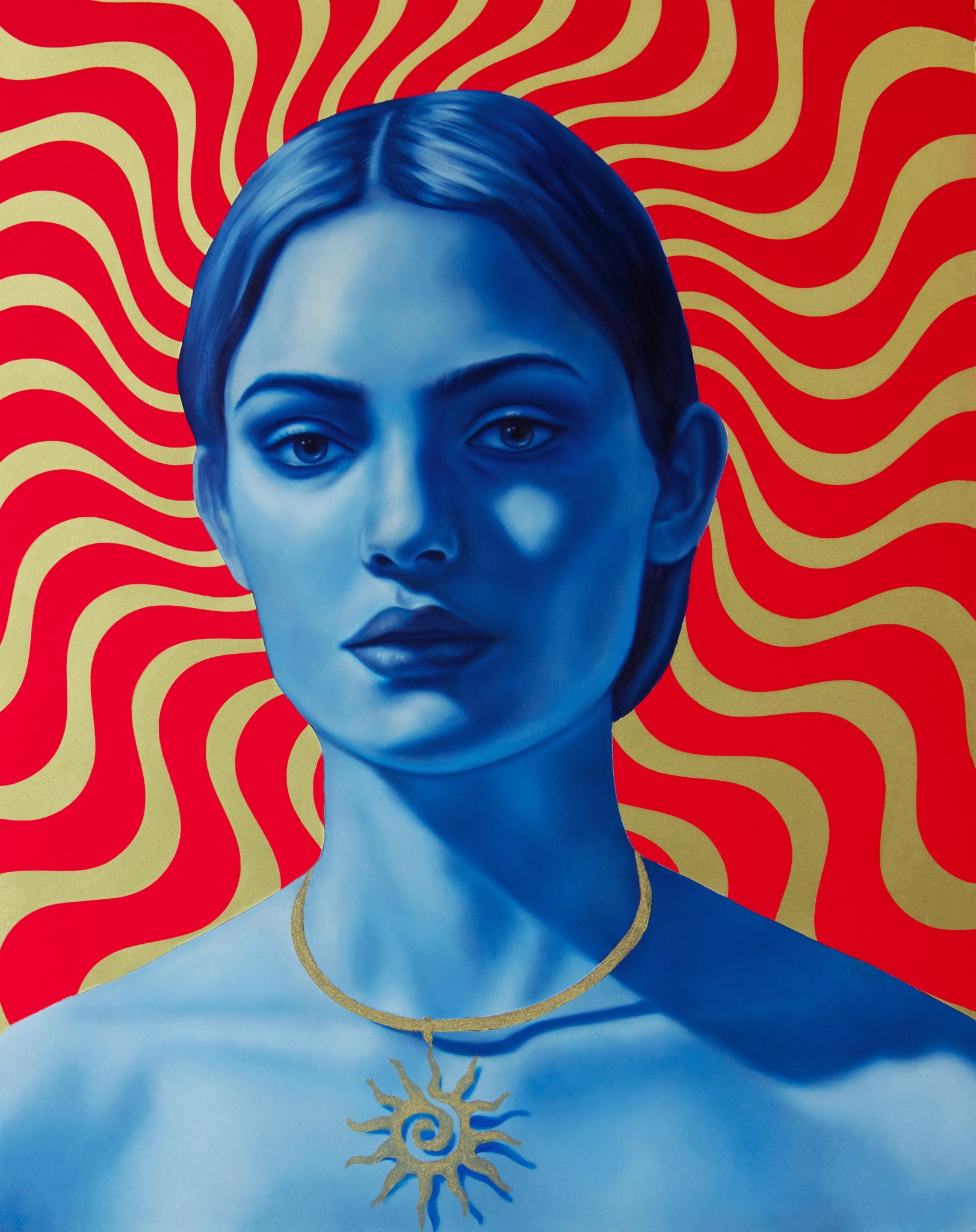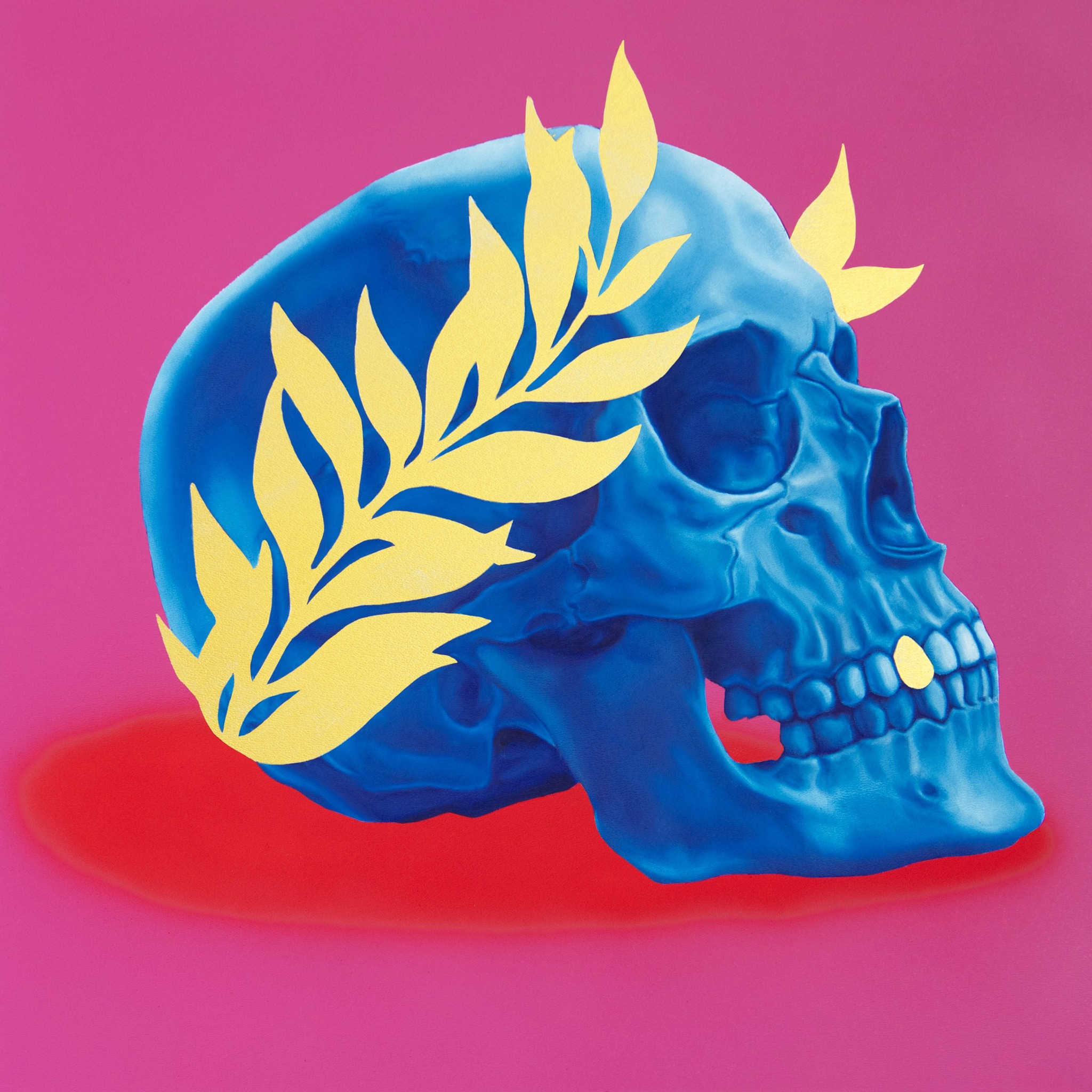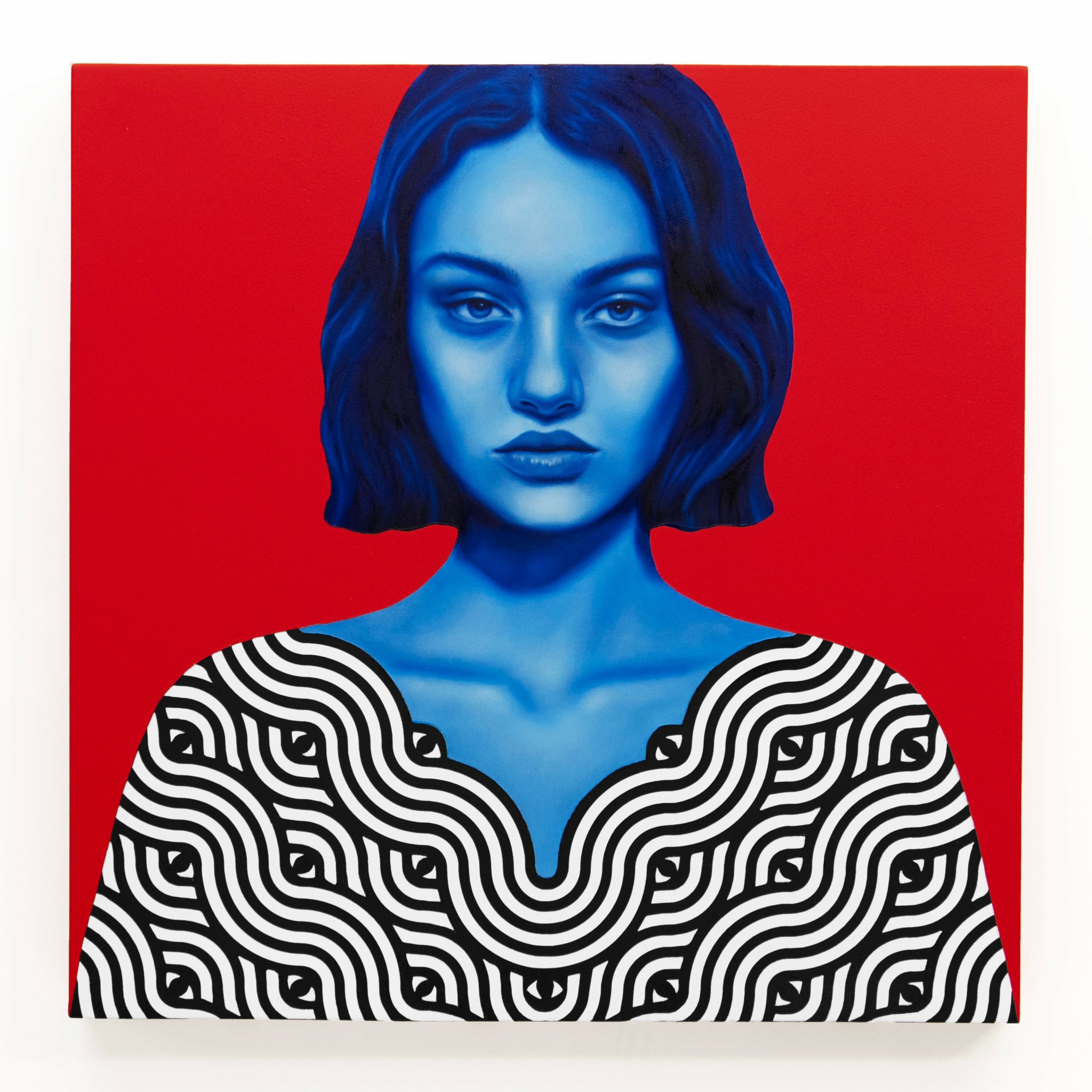We’re excited to introduce you to the always interesting and insightful Morgan Booth. We hope you’ll enjoy our conversation with Morgan below.
Morgan, appreciate you joining us today. What were some of the most unexpected problems you’ve faced in your career and how did you resolve those issues?
One of the most unexpected challenges I faced in my creative journey came post-COVID when I was diagnosed with rheumatoid arthritis, an autoimmune condition that causes pain, swelling, and stiffness in the joints. As a painter, this diagnosis was particularly daunting—it directly affected my ability to use my hands and impacted my energy levels. There were days when I couldn’t even grip a brush, let alone work on a piece. It was a difficult and emotional time, filled with uncertainty about whether I could continue creating art in the way I always had.
I had to adapt and find new ways to remain connected to my practice. On the days when painting wasn’t physically possible, I shifted my focus to other aspects of my art career. I would spend time developing concepts, applying for shows, or photographing work I had already completed. On days when my hands were cooperative, I made sure to make the most of every moment, diving into the creative process without hesitation.
Interestingly, this experience changed my perspective on studio work. Before my diagnosis, I struggled with anxiety and imposter syndrome in the studio. But with this condition, I simply couldn’t afford to get caught up in those feelings. I had to seize every opportunity to create, which brought a new level of dedication and gratitude to my practice.
Fortunately, I am now in a much better place physically, having found the right treatment. But those years of uncertainty and adaptation taught me a lot about resilience and the importance of not taking my abilities for granted. This journey has made me even more grateful and committed to my work as an artist.
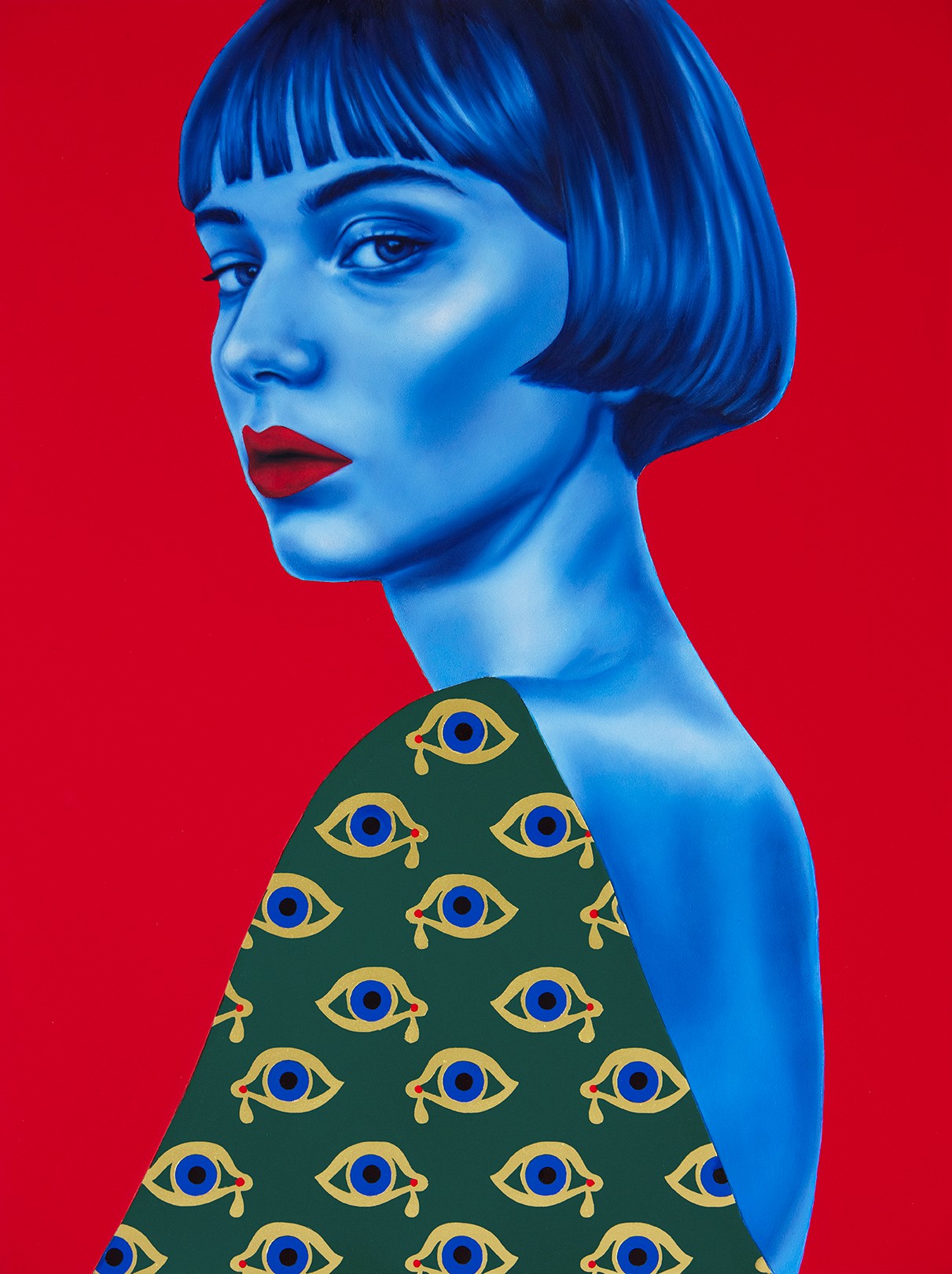
Awesome – so before we get into the rest of our questions, can you briefly introduce yourself to our readers.
I’ve always been drawn to art for as long as I can remember. Growing up, my mother filled our home with prints of post-impressionist and early modern painters, which captivated me and sparked my fascination with color. I was always known as the “art kid,” and my passion continued to grow over the years. As a teenager, I auditioned for a specialty high school for visual arts, and got the opportunity to learn different media and immerse myself in creativity from a young age.
Today, I am a mixed media painter known for my works that combine oil-painted portraits with vibrant blocks of color and patterns executed in spray paint. My work falls into the pop figurative or pop surrealist genre. While I primarily collaborate with galleries, I also offer prints of my work to make it more accessible.
In my work, I use the power of color to evoke emotional and physical responses from the viewer. Cool colors like blue can have a calming effect, slowing the heart rate and inducing relaxation. On the other hand, warm colors like red can stimulate and energize. By deliberately playing with these color effects, I invite viewers to reflect on their own reactions as they engage with the confronting stares from the characters in my art.
I’ve been very fortunate to be mentored by artist Alex Garant, who has been a huge support in helping me commit to my vision for my work and grow my confidence as an artist. I’ve also had the privilege of working with some incredible galleries in the pop surrealist scene, mainly Modern Eden and Arch Enemy Arts. Through these galleries, I’ve had the opportunity to connect with many artists who have become friends. My favorite part about working with galleries is the artist community you become connected with, especially in this genre of art. People are so incredibly supportive of each other.
To other creatives out there, I want to say: commit to being your own brand of weird. Keep exploring the things that captivate you, that scratch your brain in just the right way. Don’t shy away from what makes your work unique—go deeper into it and let that be your driving force.
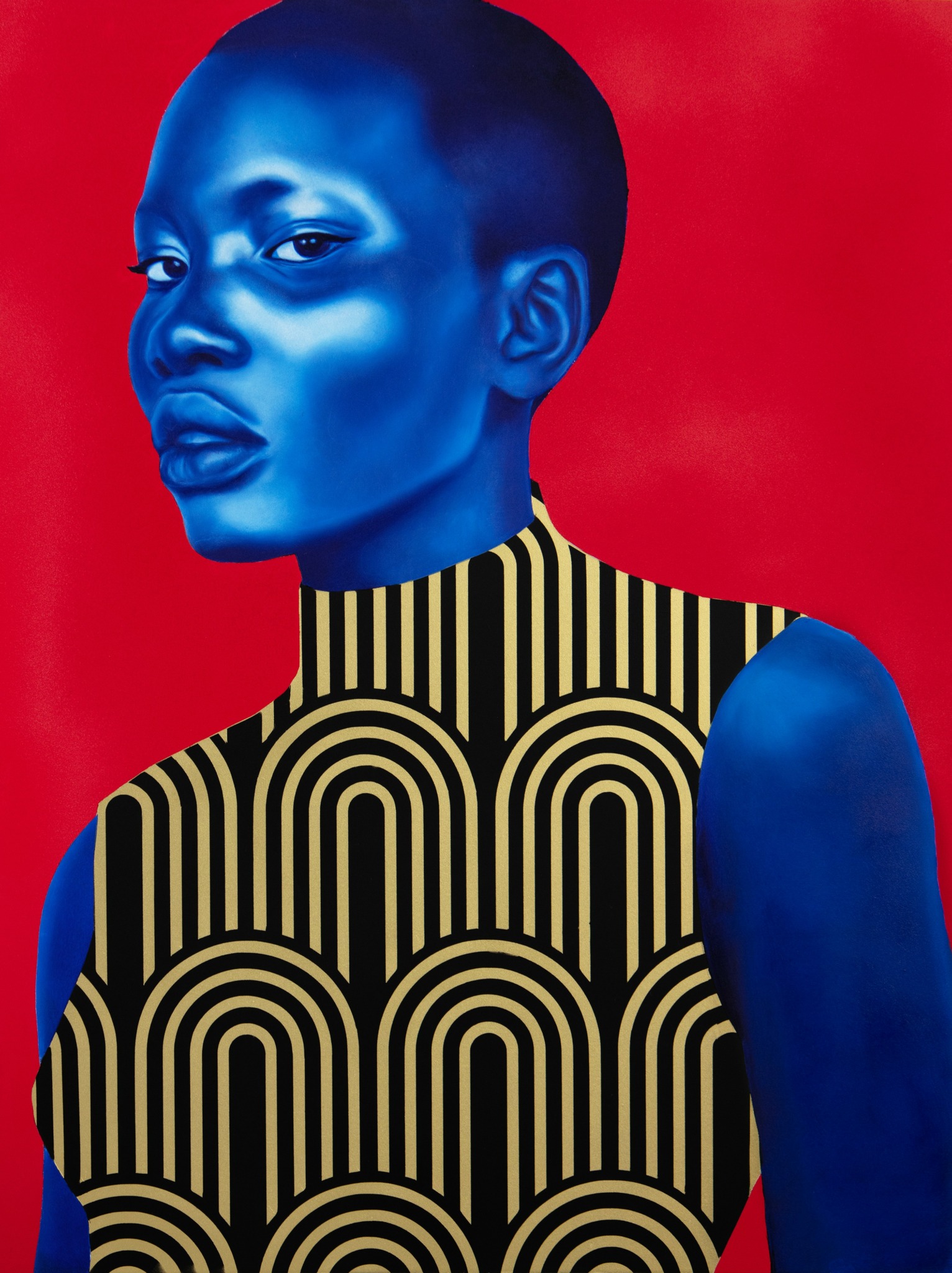
In your view, what can society to do to best support artists, creatives and a thriving creative ecosystem?
My answer is more for the creative community as a whole: champion each other. If I get an opportunity that doesn’t quite fit my work, I can recommend someone else who I know will excel at it. In a creative industry like this, artists don’t need to be in competition with each other. When you support other artists and creatives, your community grows, and more opportunities naturally come back to you.

What’s a lesson you had to unlearn and what’s the backstory?
I had to unlearn the idea that being a “good” artist meant being universally skilled or capable of painting all kinds of different things. For a long time, I felt pressure to demonstrate a wide range of abilities, thinking that was the way to be taken seriously. But it wasn’t until I committed to the work I truly loved creating that I started to find my niche. By focusing on what genuinely excited me, I began connecting with people who really resonate with my work. That was a pivotal moment in my journey as an artist.
I guess the back story of where that comes from is art school, haha. I think a lot of us get so much from learning in that environment, but there’s a fair amount of unlearning that you go through figuring out your voice after post secondary education.
Contact Info:
- Website: https://morganboothart.com
- Instagram: morganboothart
